What Are Marketing Funnels? A Comprehensive Guide to Streamlining Your User Journey

What are marketing funnels? How do they work? How to leverage them to drive more growth in your SaaS? In this article, we’ll explore what funnels are in marketing and how understanding both the marketing and sales funnel is crucial for driving growth in SaaS. They’re pivotal in transforming interest into sales, setting the stage for the comprehensive insights ahead.
Key takeaways
- The marketing funnel in B2B SaaS guides potential customers from awareness to customer retention, focusing on streamlining the customer journey through various stages, including TOFU, MOFU, and BOFU.
- Marketing funnels help guide prospects through the sales process, streamline customer journeys, and improve decision-making processes.
- Stages of the Funnel:
- Top of Funnel (TOFU): Awareness stage where potential customers first encounter the brand.
- Middle of Funnel (MOFU): Engagement stage where prospects acknowledge their needs and seek solutions.
- Bottom of Funnel (BOFU): Decision stage where prospects weigh options and make purchase decisions.
- Role of Content:
- TOFU: Educational content (guides, case studies, quizzes).
- MOFU: Engaging content (podcasts, detailed guides, free trials).
- BOFU: Persuasive content (customized downloads, purchase arguments).
- Userpilot is a comprehensive tool for funnel analysis in SaaS companies, providing analytics, user engagement, in-app feedback, and no-code solutions to track, analyze, and enhance user behavior within marketing funnels.
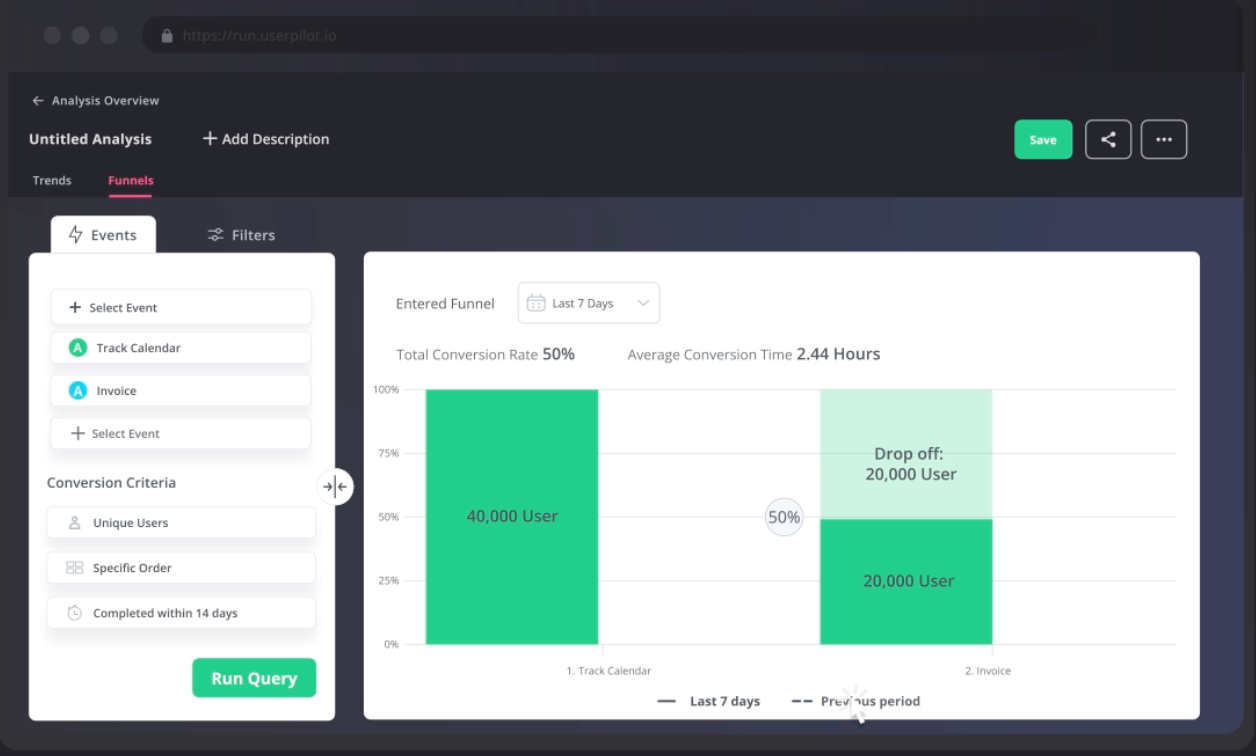
- Userpilot aids in optimizing customer journeys by improving onboarding, feature adoption, and overall user experience, with capabilities for A/B testing and user feedback that can drive an increase in conversion rates and advocacy.
Key Takeaways:
- The marketing funnel in B2B SaaS is essential for guiding potential customers from awareness to retention.
- Each stage of the funnel (TOFU, MOFU, BOFU) requires specific types of content to engage and convert prospects.
- Marketing funnel metrics are crucial for optimizing each stage of the funnel, preventing customer loss, and maximizing the funnel’s potential.
Demystifying the marketing funnel in B2B SaaS

The marketing funnel is a fundamental concept that has been evolving for over a hundred years. It adapts to new methodologies and outlines the stages consumers experience, from initial awareness through engagement with a brand’s offerings to purchase, referral, and renewal.
In B2B SaaS, it’s crucial to have an effective sales funnel which guides potential customers through distinct selling points and value propositions leading up to purchase decisions—particularly subscriptions—with retention being emphasized due to its pivotal role in sustaining recurring revenue models. A key objective within the sales funnel is turning Marketing Qualified Leads (MQLs) into Sales Qualified Leads (SQLs), ensuring that leads are ready for sales engagements.
Funnels in marketing do more than just usher prospects along. They streamline what could otherwise be the buyer’s journey for customers. By shedding light on how well various marketing strategies are working at each juncture, these funnels significantly influence consumer decision-making processes.
Thus, deploying funnel-marketing practices within B2B SaaS companies is instrumental in guiding and refining the trajectory from first-time audience members into qualified leads ready for sales engagements.
Let’s unpack the critical marketing funnel phases for successful customer conversion journeys.
Understanding the marketing funnel stages
A marketing funnel starts broad at the top – with an expansive pool of potential customers. This width symbolizes the initial contact point where prospects first encounter your brand. As they progress through the stages, fewer remain engaged until reaching the narrowest part—the bottom of the funnel—where final transactions take place.
The journey is segmented into three pivotal sections:
Top of the Funnel (TOFU), Middle of the Funnel (MOFU), and Bottom of the Funnel (BOFU).
Understanding each marketing funnel stage is crucial to tailor content and strategies accordingly. Each segment requires distinct marketing tactics to shepherd potential customers down.
During TOFU, individuals are introduced to your brand and begin understanding how you might address their needs or problems. MOFU sees these possible clients acknowledging their challenges and seeking solutions—interactions that could include joining your mailing list or attending one of your webinars indicate deepening engagement.
The last section, BOFU, involves Potential Desire and Action phases wherein consumers weigh options closely. Conferring with peers, scouring reviews—and ultimately deciding whether they will make a purchase from you.
Effectively advancing a prospect from stage to stage demands insight into each phase’s unique attributes: initiating interest at TOFU and nurturing leads through MOFU towards decisive action in BOFU, all crucial for creating a seamless progression throughout their buying experience.
The role of content at every stage
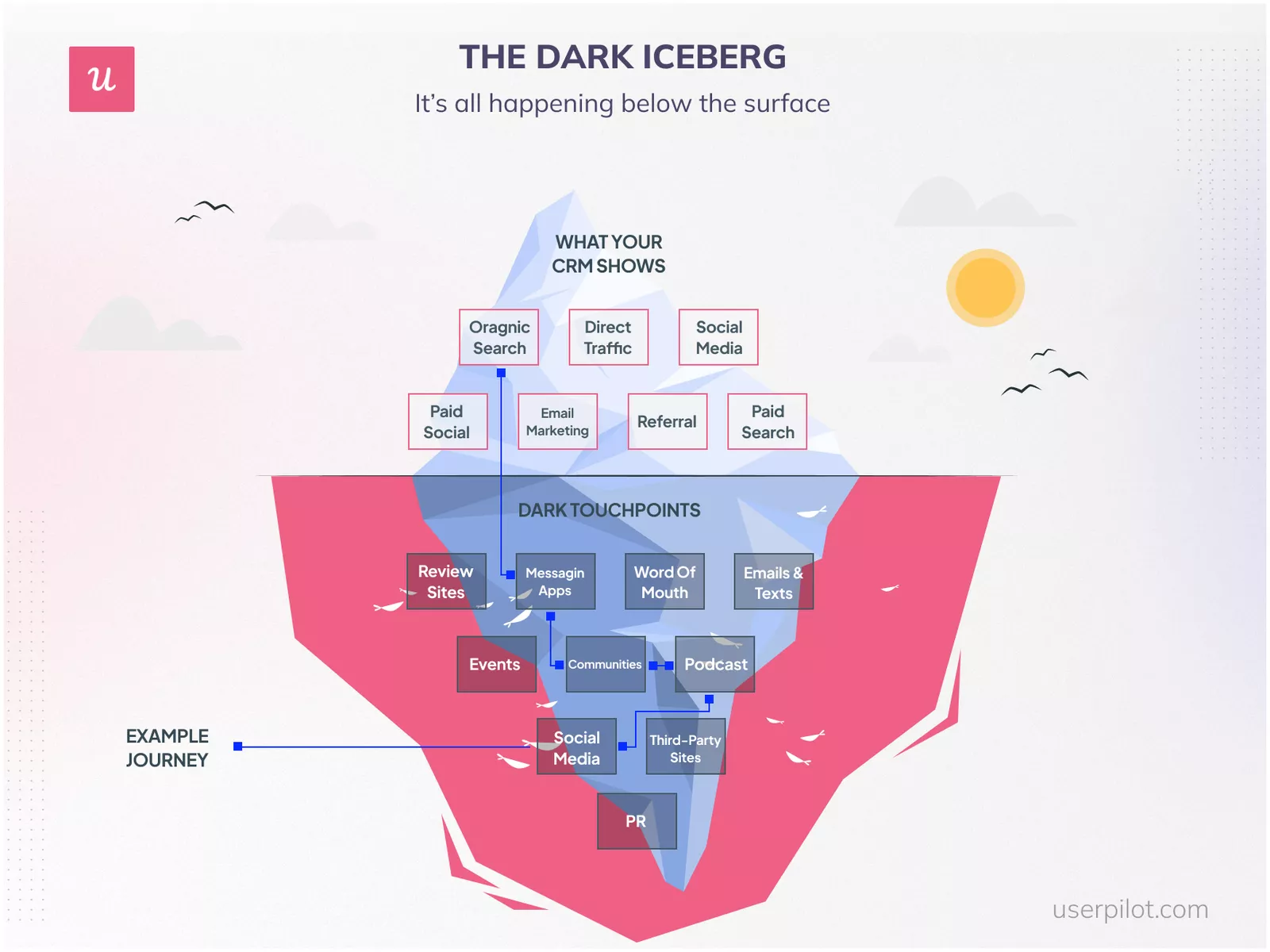
Content is the driving force behind each step of this progression. In the Top of Funnel (TOFU) stage, you’ll find educational content like how-to guides, product overviews, case studies, quizzes, and success stories.
Digital marketing strategies encompassing various marketing campaigns are essential for fostering brand awareness and trust with potential customers. A well-crafted marketing strategy can effectively target keywords while addressing fundamental questions about why a customer should be interested in your company and its offerings.
When potential customers progress to the Middle of Funnel (MOFU) stage, it’s vital to engage them with compelling content that aligns with their specific pain points and interests—this could include podcasts, detailed product guides or offering a free trial program.
By the time they reach the Bottom of Funnel (BOFU), persuasive materials such as customized PDF downloads or convincing arguments for an opportune purchase can serve as that last push needed to transform prospects into paying customers.
Leveraging Userpilot for funnel analysis
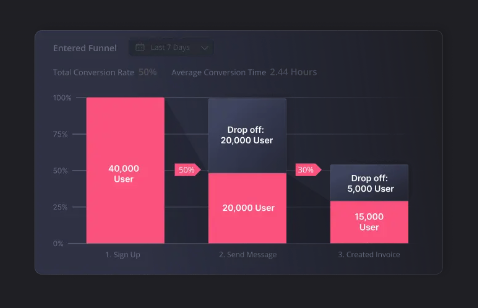
Understanding the significance of marketing funnels for B2B SaaS is crucial.
But what methods can you use to build and investigate these funnels and observe user engagement in your software to gain insights into their journey through the product?
Userpilot is an instrumental resource for marketers to track users’ progress within their applications. It detects at which stages users are leaving, thereby uncovering possible areas of obstruction along the funnel.
Userpilot offers more than just tracking capabilities, though. It helps in funnel optimization by providing key metrics on conversion rates, attrition (drop-off) points, and duration spent across various phases of the marketing funnel.
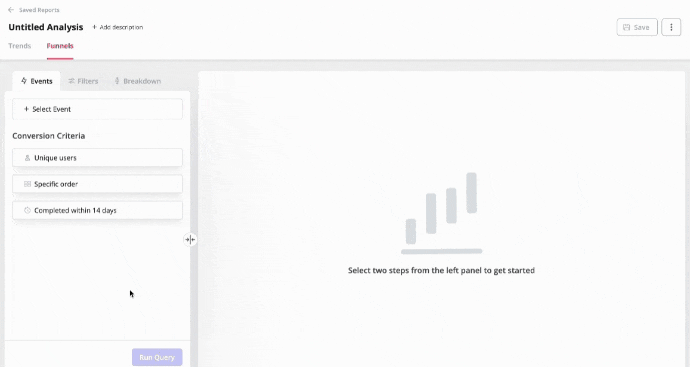
It also allows you to control and reduce the drop-offs in the funnel.
User behavior insights with Userpilot
Userpilot offers a suite of features that deliver:
- Detailed insights into the various levels of user engagement throughout the marketing funnel, enabling precise monitoring and optimization.
- Customization of marketing efforts and campaigns to address specific needs and actions exhibited by users.
- Advanced product analytics that supports the creation of tailored reports providing deep dives into how users interact with a product.
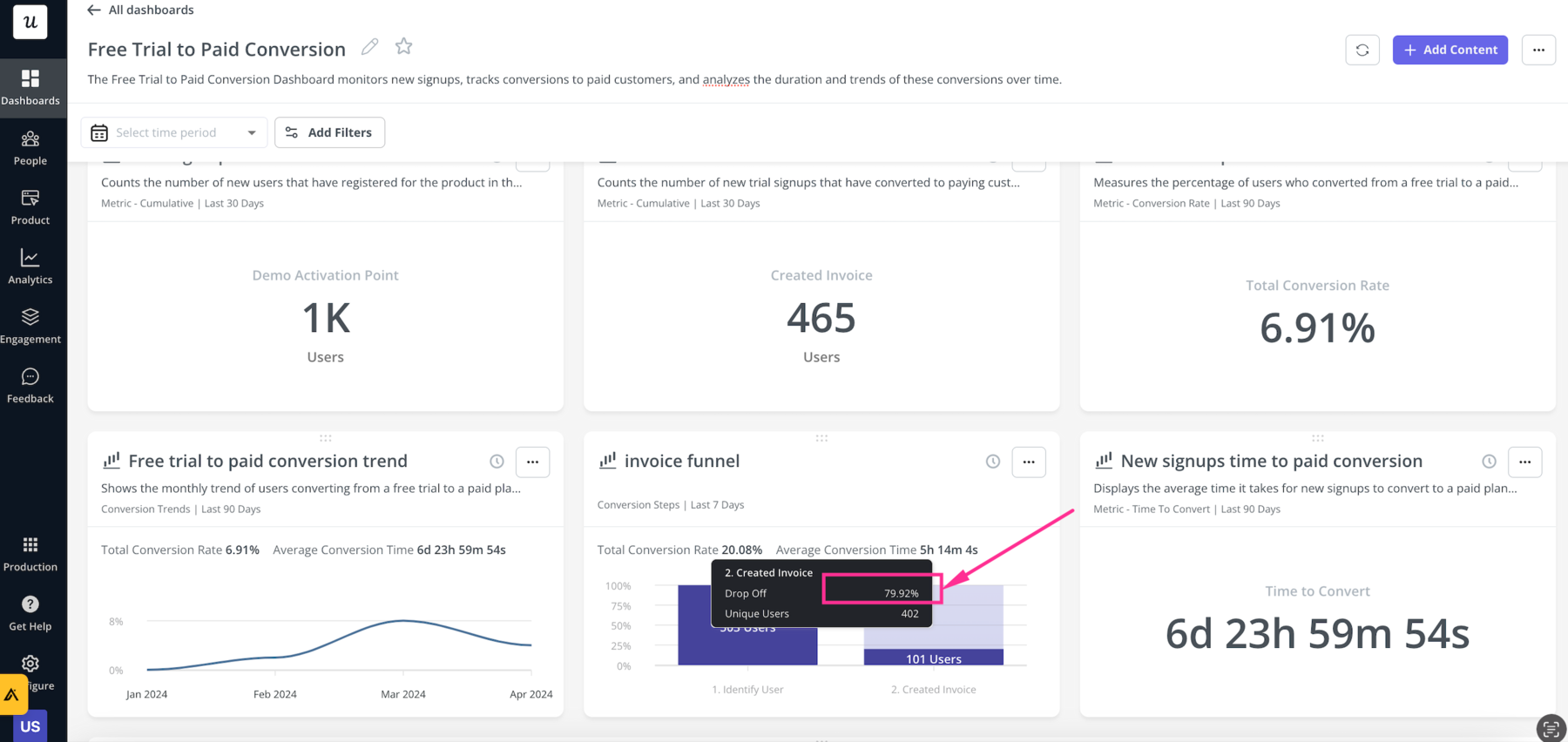
In terms of analytical capabilities, Userpilot includes:
- Analyzing trends to identify changes in key behavioral metrics among users over time.
- Observing in-app user activities to create detailed representations of B2B SaaS customer journeys through visual funnel analysis.
- The ability for seamless integration with prominent external analytics platforms such as Mixpanel and Amplitude boosts Userpilot’s inherent analytical power.
Enhancing feature adoption and activation
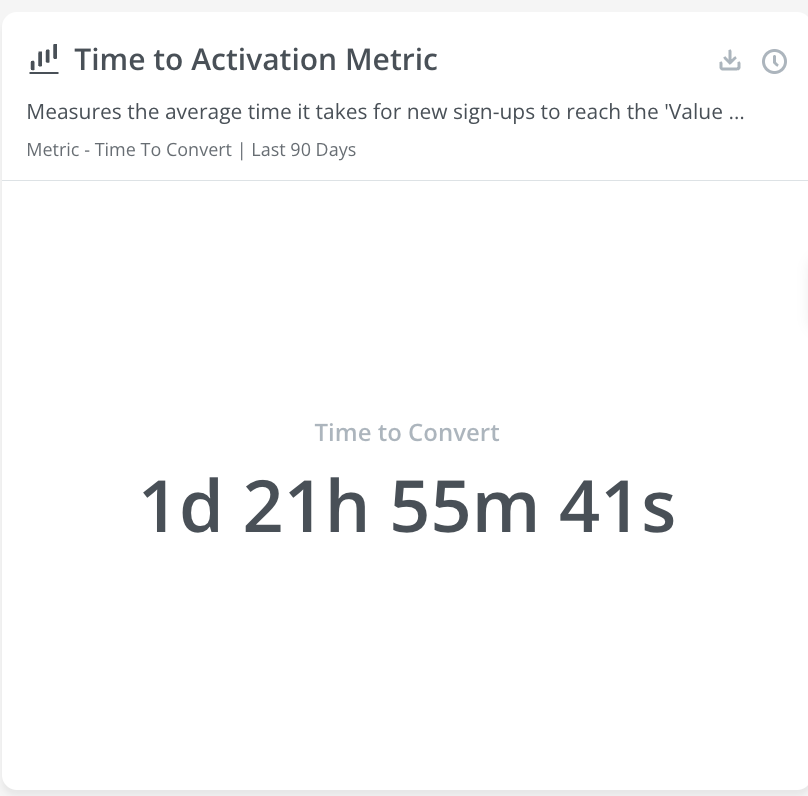
Userpilot equips SaaS organizations with analytic capabilities that facilitate:
- Informed decision-making regarding the perfect duration for a trial period, guided by insights into when users typically become active.
- Identification of the specific moments at which different user personas begin to experience the genuine benefits of their product, enabling strategic optimization of free trials accordingly.
Userpilot aids product teams by streamlining new users’ familiarization process with product functionalities. This accelerates how quickly new features are adopted and embraced.
By integrating Userpilot’s interactive in-app onboarding elements, such as interactive walkthroughs or onboarding checklists, you can achieve an uplift in feature engagement—evidenced by some instances reporting up to a 4% increase in feature adoption rates.
From prospects to advocates: Optimizing customer journeys with Userpilot
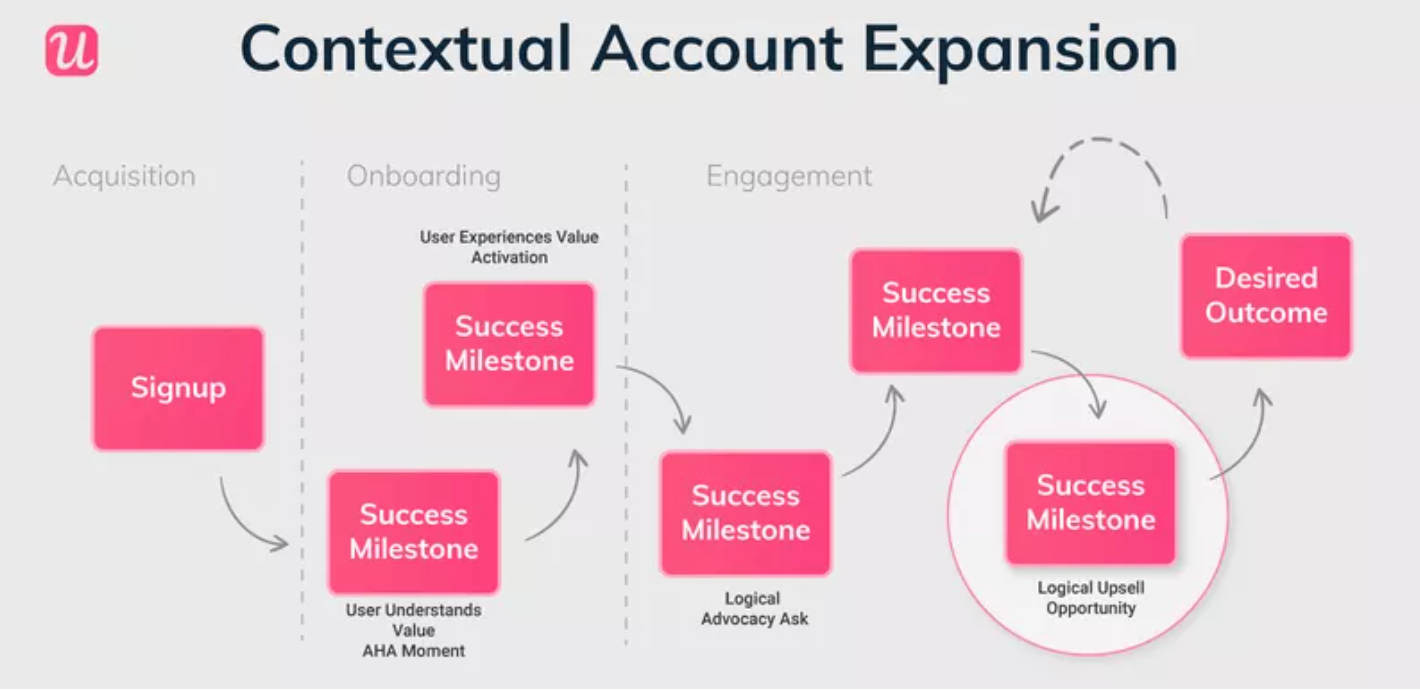
With marketing funnels, your strategy isn’t merely to attract new leads. Funnels are designed to guide these individuals on a transformative journey from mere prospects into dedicated brand advocates. Turning customers into loyal customers through continued relationship-building and loyalty programs is crucial for sustained success.
Utilizing personalization within the app, precisely tailored user onboarding processes, and meticulously crafted campaigns, Userpilot improves user engagement while refining their trajectory through customer journeys and marketing funnels.
To elevate the overall customer experience and identify areas of resistance or difficulty for users, this platform employs analytical tools that offer insights into how customers interact with different phases of their journey, along with analytics associated with feature usage and visual heatmaps.
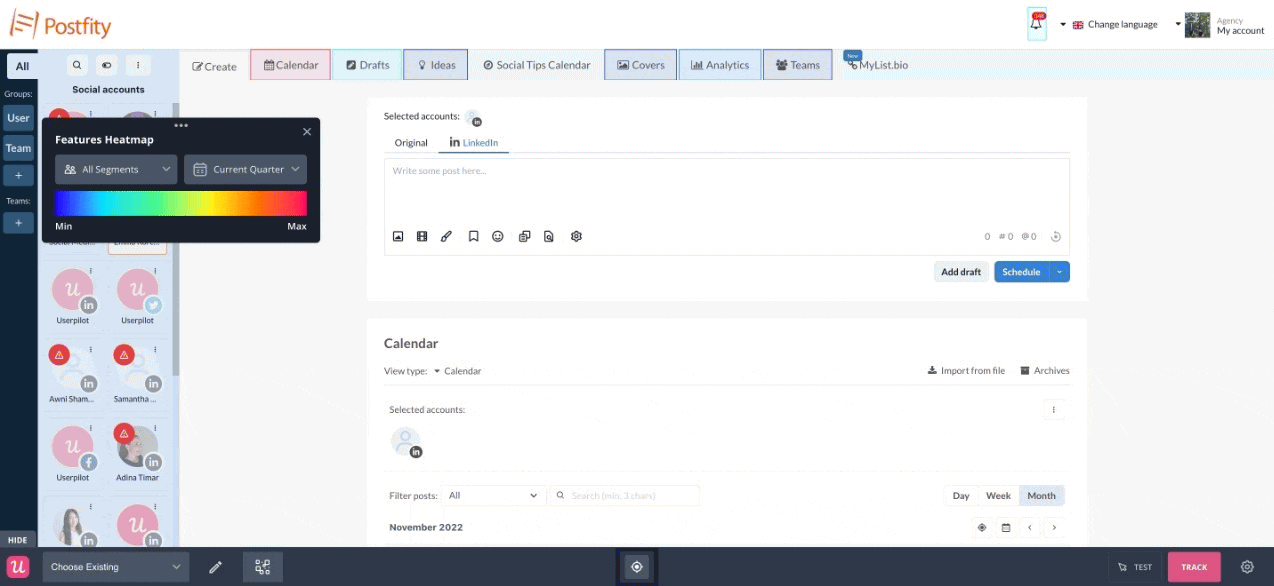
To this nurturing process towards enduring loyalty lies Userpilot’s ability to foster deep-rooted brand advocacy by tapping into pivotal metrics such as Net Promoter Score (NPS), retention rate figures, and evaluations of customer lifetime value (CLV). Fundamentally speaking, Userpilot’s aim transcends beyond simple acquisition—it concentrates on cultivating long-term relationships where customers not only stay loyal but also evolve into ardent supporters who actively promote your brand through the effective implementation of loyalty programs.
Mapping the customer journey in B2B SaaS
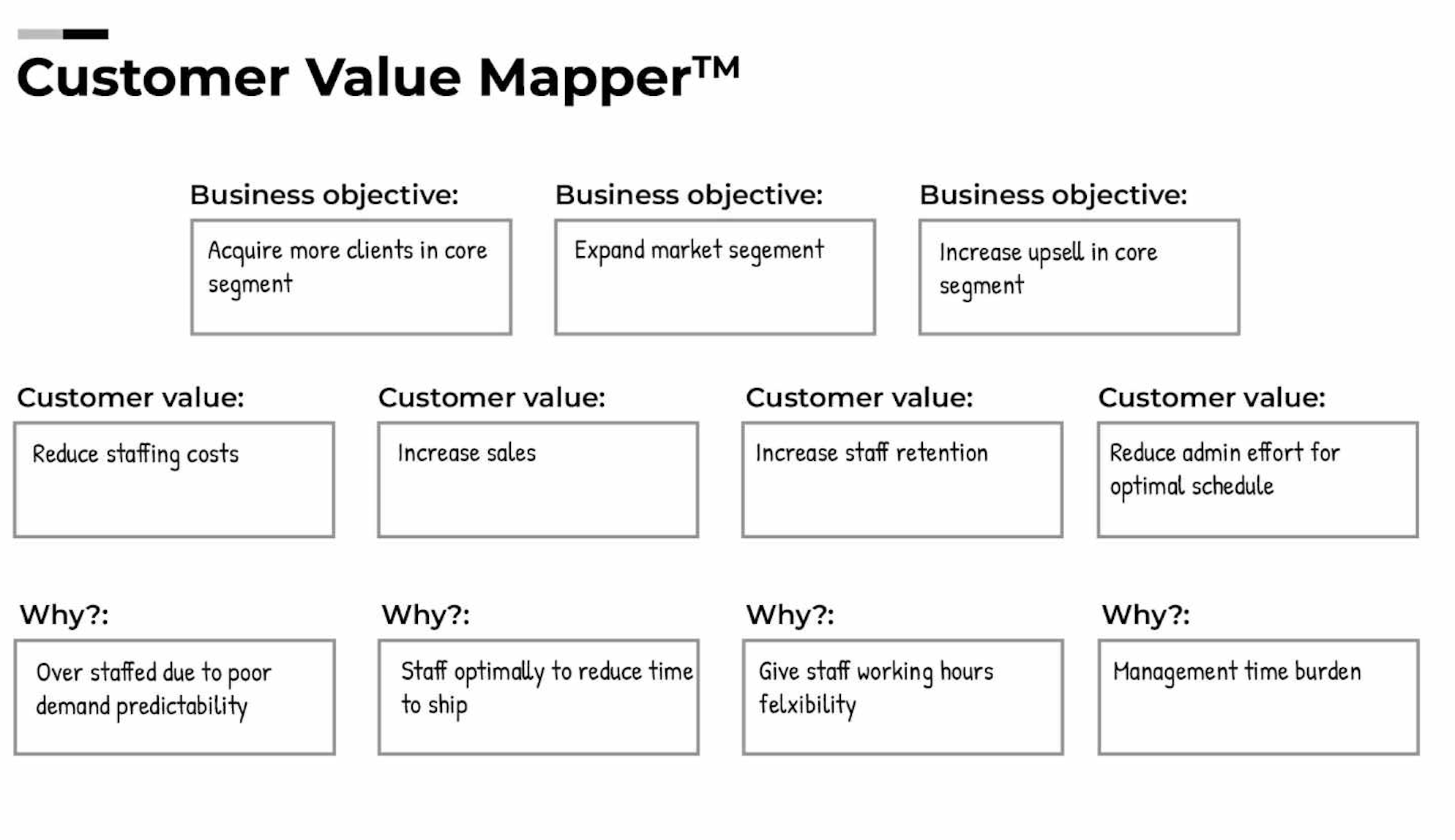
Utilizing Userpilot to create a visual depiction of the customer journey within B2B SaaS can shed light on essential interaction points and potential moments for connecting with clients. The purpose of this visualization is to trace the path that customers take, from their initial discovery all the way through developing brand loyalty, revealing key moments where engagement opportunities arise in B2B SaaS.
The development of accurate buyer and user personas is critical when crafting these maps as they ensure each map addresses the precise requirements and patterns exhibited by your target audience—which includes retaining existing customers—in B2B SaaS environments.
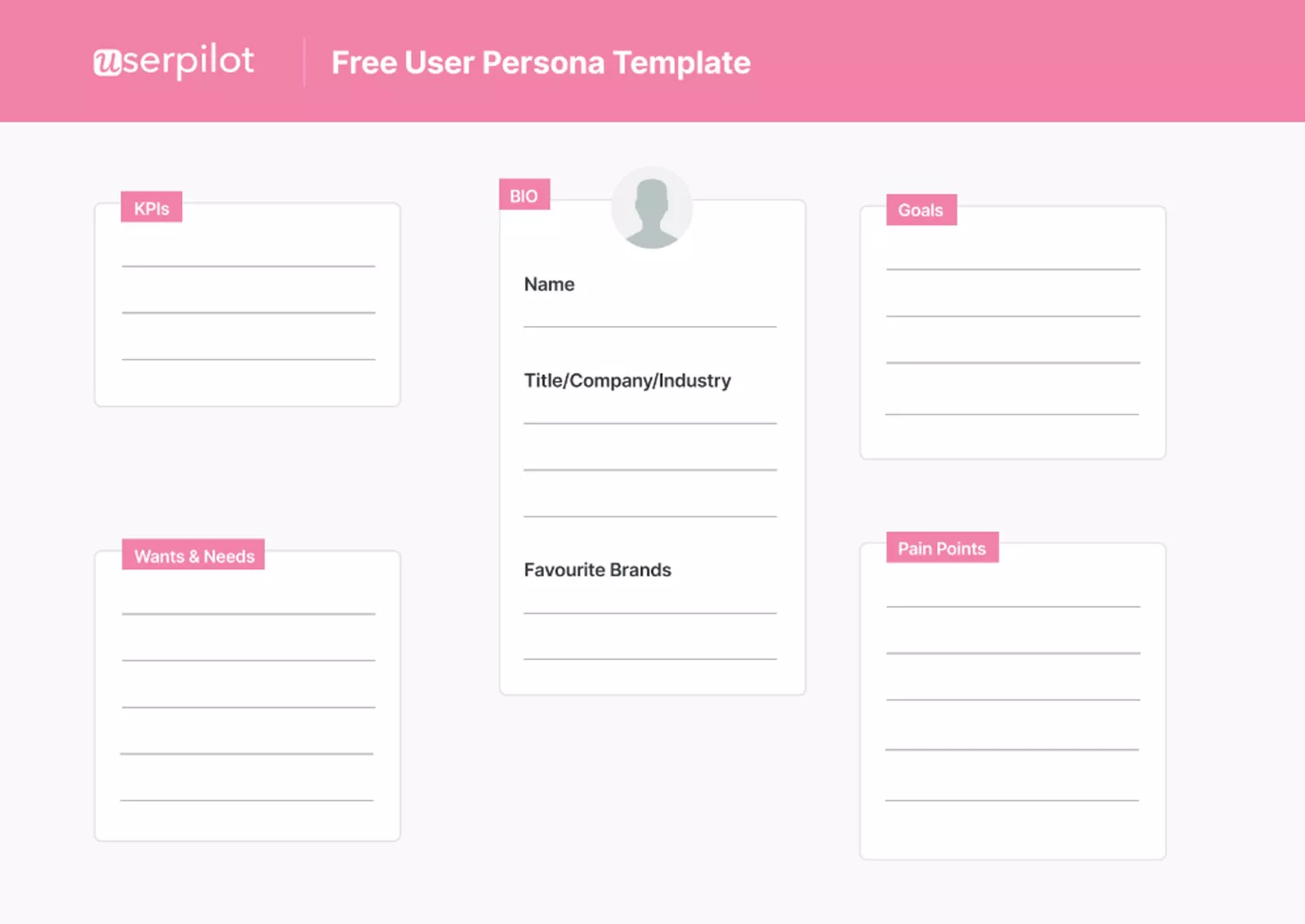
Try Userpilot’s 14-day free trial enables you to see how you can streamline your user’s progression from initial signup leading up to an account upgrade.
Boosting conversions to the next funnel stage with targeted onboarding
Most SaaS companies care mostly about the initial stages of the marketing funnel – awareness and acquisition. Less so about further stages of the funnel – such as activation and retention.
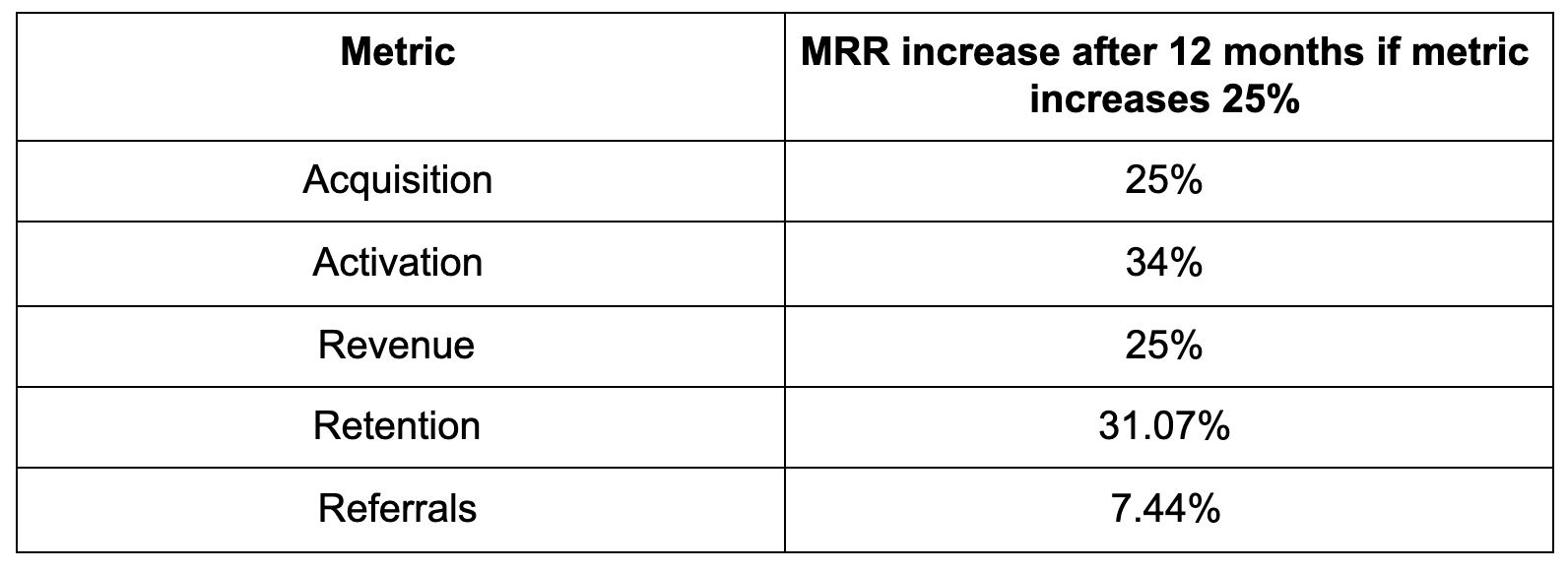
This is a big mistake – because if the users don’t activate, they will never convert to paid!
Interactive walkthroughs and checklists from Userpilot enhance user activation, leading to higher conversion rates. By tailoring onboarding experiences using the customer data it gathers, Userpilot substantially increases the chances of users transitioning from trial versions to paid subscriptions for SaaS organizations.
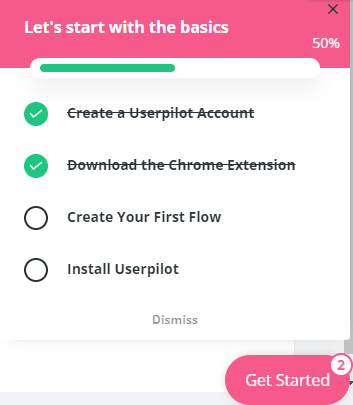
Employing tactics like timed drip campaigns featuring product advice and rewards through Userpilot can significantly elevate user involvement and propel conversions at pivotal points in the marketing funnel stages. Utilizing A/B testing for varied user journeys with Userpilot allows companies to pinpoint the most effective approaches to advance customer onboarding processes and bolster overall conversion metrics.
Measuring success: Key metrics for marketing funnels
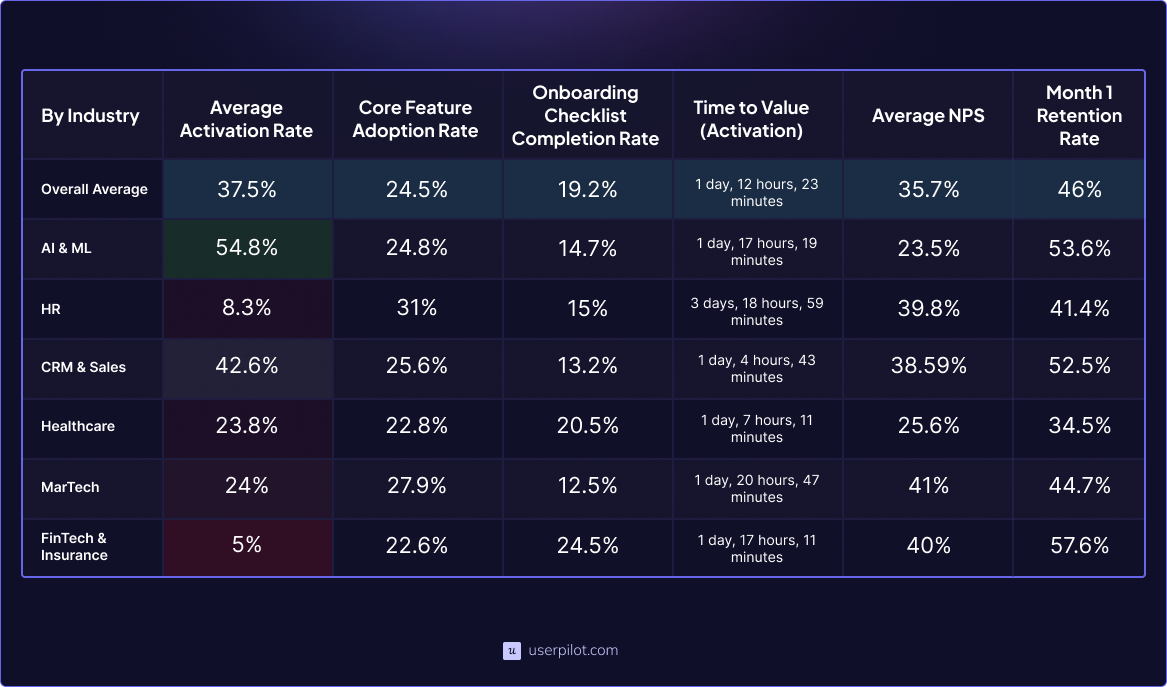
We’ve covered the concept of marketing funnels and their distinct stages, along with Userpilot’s role in enhancing their efficiency. The crucial aspect remains: evaluating the effectiveness of these marketing funnels. This is achieved through close examination of various funnel metrics, which include not only conversion rates indicating how often conversions occur but also other key parameters like sales volume, lead generation efficacy, expenditure figures, as well as metrics that reflect brand awareness, consideration levels, and loyalty. Marketing funnel metrics are significant in optimizing and improving the marketing funnel, as they help in assigning metrics to each stage, monitoring through tools like Google Analytics, and adapting strategies based on the data to prevent loss of customers and maximize the potential of the funnels.
Conversion rates across the funnel
Evaluating the success of converting potential leads into actual customers is essential for understanding how well different phases in the funnel are performing and identifying which parts need improvement. This effectiveness is quantified by the conversion rate, a key metric.
Another vital metric to consider is cost per acquisition, which provides an economic viewpoint on how efficiently conversions are achieved. It’s determined by dividing the total expenses incurred from a marketing campaign by the number of successful conversions it generates.
User engagement and feedback metrics
It’s essential to monitor user engagement and response indicators closely to refine marketing funnels. Key metrics that gauge user involvement include:
- Number of page views.
- Count of impressions.
- The rate at which users click through.
- Level of interaction with content.
- Duration spent on a web page.
- Frequency at which visitors leave after viewing only one page (bounce rate).
- Average Google star rating provided by users.
- Percentage of conversions achieved.
- Earnings generated against the cost incurred in advertising (ROAS).
Utilizing heatmaps offers valuable insights into which aspects of a webpage capture attention and engage customers, by observing their clicking patterns and scrolling behavior, shedding light on sections that might require enhancements. Equally crucial within the marketing funnel context is customer feedback. Testimonials are instrumental in endorsing credibility and forging trust among prospective customers.
FAQ about marketing funnels
Q1: What is a marketing funnel?
A: A marketing funnel is a conceptual model that illustrates the journey potential customers go through from initial awareness of a product or service to the final purchase decision and beyond, often including post-purchase stages such as retention and advocacy.
Q2: What are the stages of a marketing funnel?
A: The main stages of a marketing funnel are:
- Top of Funnel (TOFU): Awareness stage where potential customers first learn about your brand.
- Middle of Funnel (MOFU): Consideration stage where prospects engage with your brand and evaluate solutions.
- Bottom of Funnel (BOFU): Decision stage where prospects make their final purchase decision.
Q3: Why are marketing funnels important?
A: Marketing funnels are important because they help businesses understand and guide the customer journey, optimize marketing strategies at each stage, improve customer experience, and ultimately increase conversions and revenue.
Q4: How does content fit into the marketing funnel?
A: Content plays a crucial role at each stage of the funnel:
- TOFU: Educational and awareness content (blog posts, guides, infographics).
- MOFU: Engaging and nurturing content (webinars, case studies, email campaigns).
- BOFU: Persuasive content (demos, free trials, customer testimonials).
Q5: What is the difference between TOFU, MOFU, and BOFU content?
A:
- TOFU content is designed to attract and educate a broad audience about a brand or product.
- MOFU content aims to engage prospects who are already aware of the brand and are considering solutions to their problems.
- BOFU content focuses on converting engaged prospects into customers through persuasive and decision-making information.
Q6: How can I measure the effectiveness of my marketing funnel?
A: The effectiveness of a marketing funnel can be measured using various metrics such as conversion rates, lead generation efficacy, sales volume, cost per acquisition (CPA), customer retention rates, and return on ad spend (ROAS). Tools like Google Analytics, email automation platforms, and specialized software like Userpilot can help track these metrics.
Q7: What role does Userpilot play in analyzing marketing funnels?
A: Userpilot provides tools to track user engagement, identify points of attrition in the funnel, and offer metrics on conversion rates and user behavior. It also facilitates the creation of customized in-app experiences to enhance user engagement and optimize the funnel.
Q8: How can I improve my marketing funnel?
A: Improvements can be made by:
- Analyzing data to identify drop-off points.
- Creating targeted and relevant content for each funnel stage.
- Using tools like Userpilot to enhance user experience and engagement.
- Continuously testing and optimizing campaigns through A/B testing and feedback loops.
Q9: What are some common challenges with marketing funnels?
A: Common challenges include:
- Understanding and correctly segmenting the audience.
- Creating compelling content for each stage.
- Tracking and analyzing data accurately.
- Optimizing the funnel for higher conversion rates.
- Maintaining engagement and retention post-purchase.
Q10: Can marketing funnels be used for both B2B and B2C businesses?
A: Yes, marketing funnels are applicable to both B2B and B2C businesses. While the specifics of the funnel stages and content might differ, the fundamental concept of guiding prospects through a structured journey from awareness to conversion and retention is universal.
Q11: How often should I review and update my marketing funnel?
A: Regular reviews and updates are essential to ensure the funnel remains effective. It’s recommended to analyze funnel performance at least quarterly and make adjustments based on data insights, market changes, and feedback.
Q12: What tools can help manage and optimize marketing funnels?
A: Various tools can assist, including:
- Google Analytics for tracking website performance.
- Email marketing platforms like Mailchimp for nurturing leads.
- CRM systems like Salesforce for managing customer relationships.
- Specialized tools like Userpilot for in-app engagement and detailed funnel analysis.


